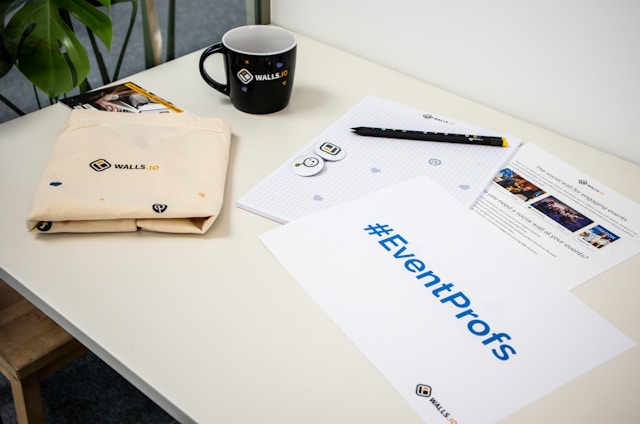Merchandising is one of the most powerful tools retailers have to increase sales, but when done wrong, it can have the opposite effect. A poorly organized shelf, confusing store layout, or outdated displays don’t just frustrate customers they can cost you real money.
Common Mistakes in Merchandising
1. Poor Store Layout
A bad store layout is one of the most overlooked reasons why customers leave without buying. If shoppers can’t easily find what they need, or if your store feels cramped or confusing, they’re unlikely to spend time browsing let alone purchasing.
An effective store layout uses logical product placement, clear signage, and space planning to guide shoppers naturally through the space. Ignoring these basics leads to lost sales and unhappy customers.
2. Ignoring Planogram Compliance
A planogram is a visual blueprint that shows how products should be arranged on shelves. But creating a planogram isn’t enough it needs to be followed.
Many retailers lose sales because employees don’t stick to the planogram. When shelves look inconsistent from store to store or products aren’t placed according to the sales data, customers get confused or miss out on key items.
Using a digital retail planogram solution PlanoHero helps ensure consistent, optimized product placement across all locations, reducing errors and improving the shopping experience.
3. Overcrowded or Understocked Shelves
Shelf management is a delicate balance. Overcrowded shelves overwhelm customers, while empty shelves signal poor stock control.
Crowded displays make it hard for products to stand out, especially when shoppers can’t clearly see pricing or product details. On the flip side, gaps on shelves send the message that your store is unreliable or poorly managed.
Regular shelf audits, real-time stock tracking, and planogram optimization can help maintain the right balance.
4. Lack of Visual Merchandising Strategy
Visual merchandising isn’t just about making the store look nice it’s a key sales driver. Without an intentional visual strategy, your store feels disorganized and your products lose their appeal.
Outdated signage, cluttered displays, and poor lighting all make it harder for products to grab attention. High-impact visual merchandising uses color, lighting, signage, and strategic product placement to guide shoppers and boost sales.
5. Ignoring Shopper Behavior and Data
Merchandising isn’t guesswork it should be based on real data and customer insights. One of the biggest mistakes retailers make is failing to adjust their merchandising to reflect how customers actually shop.
Ignoring sales reports, foot traffic data, and shopper preferences means you’re missing opportunities to optimize your store. Modern retailers use data to identify high-traffic zones, top-performing products, and buying patterns to fine-tune their displays.
6. Failing to Adapt to Local Markets
A “one-size-fits-all” merchandising approach is rarely effective, especially for retailers with multiple locations. Local shoppers have different needs, preferences, and expectations.
Stores that ignore local trends, language differences, or cultural nuances often underperform. Smart retailers adapt their product selection, signage, and displays to suit each community they serve.
7. Poor Product Adjacencies and Flow
Product adjacency refers to how related items are placed near each other. Get it right, and you encourage impulse purchases and higher basket sizes. Get it wrong, and customers miss out on complementary products.
For example, placing batteries far from electronic gadgets, or not displaying sauces next to pasta, makes it harder for shoppers to find what they need and reduces sales opportunities.
8. Neglecting Seasonal Merchandising
Seasonal displays are a proven way to increase sales but only if done well. Outdated holiday decorations, poorly timed promotions, or failing to refresh displays after key seasons can hurt your store’s image and sales.
Successful seasonal merchandising involves timely set-ups, relevant products, and fresh, engaging displays that capture shopper attention.
9. Lack of Clear Signage and Price Tags
Nothing frustrates shoppers more than not being able to find prices or product information. Missing, unclear, or poorly placed signage leads to hesitation and lost sales.
Clear, consistent signage helps guide shoppers, highlight promotions, and provide key details that help them make quick purchasing decisions.
10. Forgetting About Cross-Merchandising Opportunities
Cross-merchandising displaying complementary products together boosts sales by inspiring customers and encouraging impulse buys. Failing to implement cross-merchandising is a missed opportunity.
For instance, placing coffee near mugs, or sunscreen next to sunglasses, creates logical pairings that can increase average spend.









